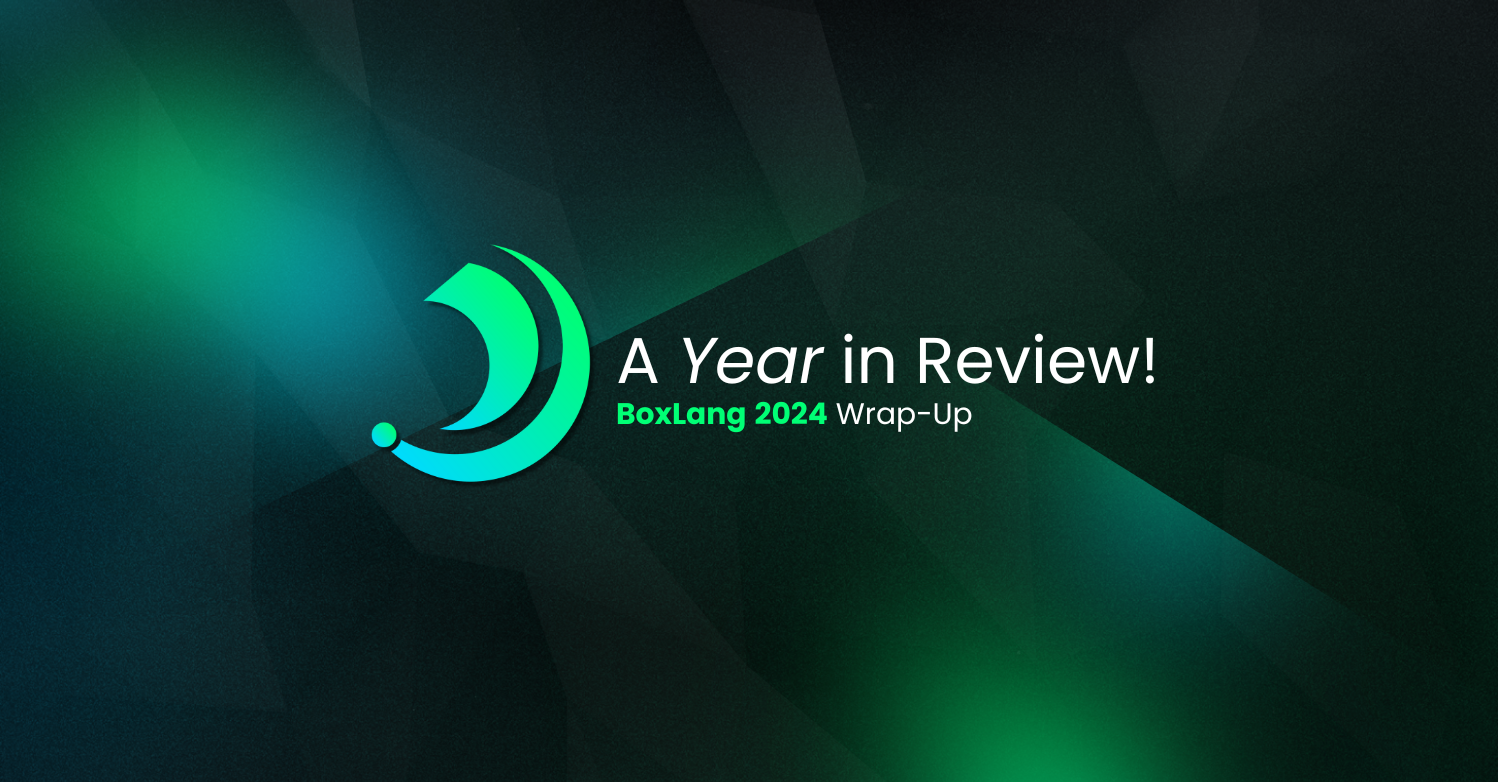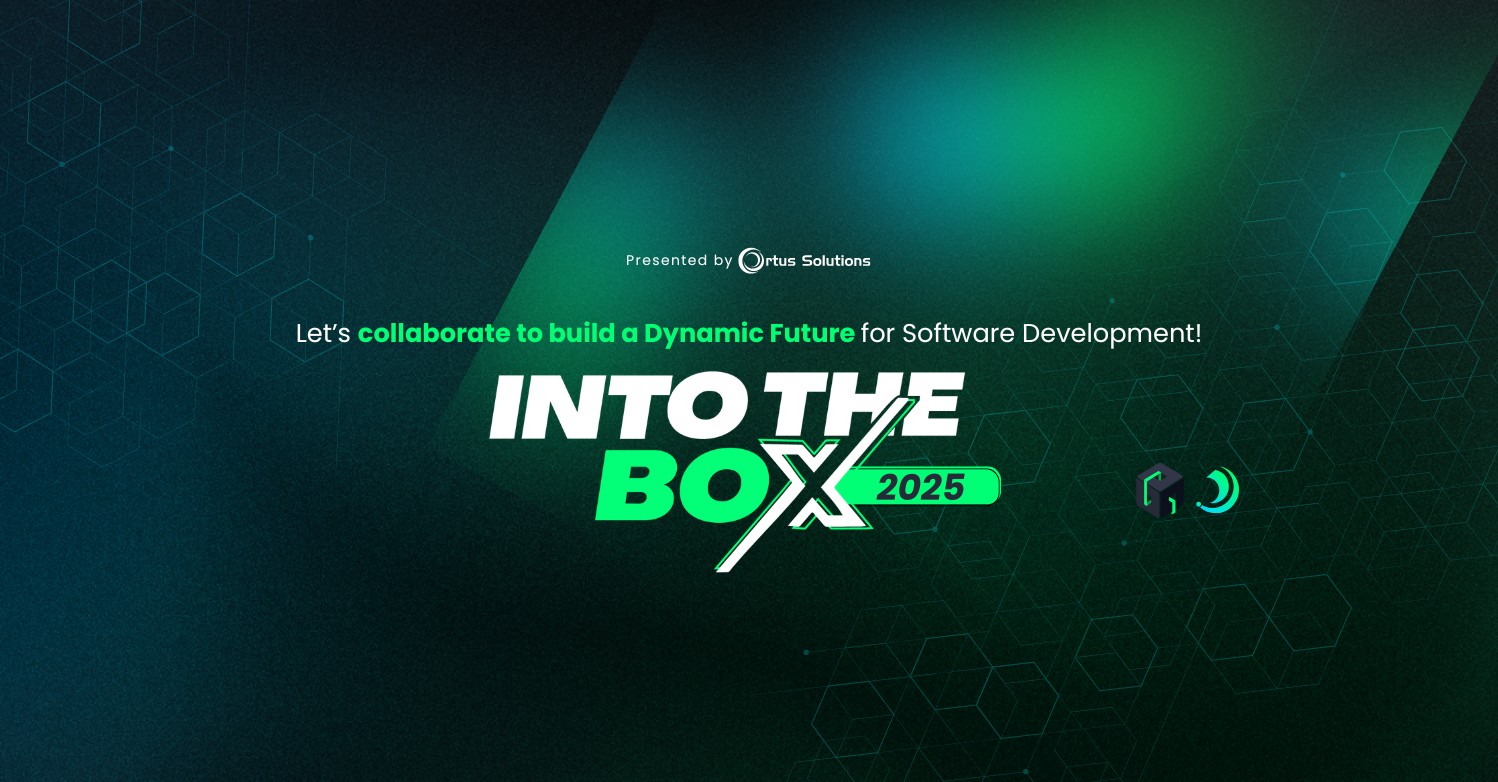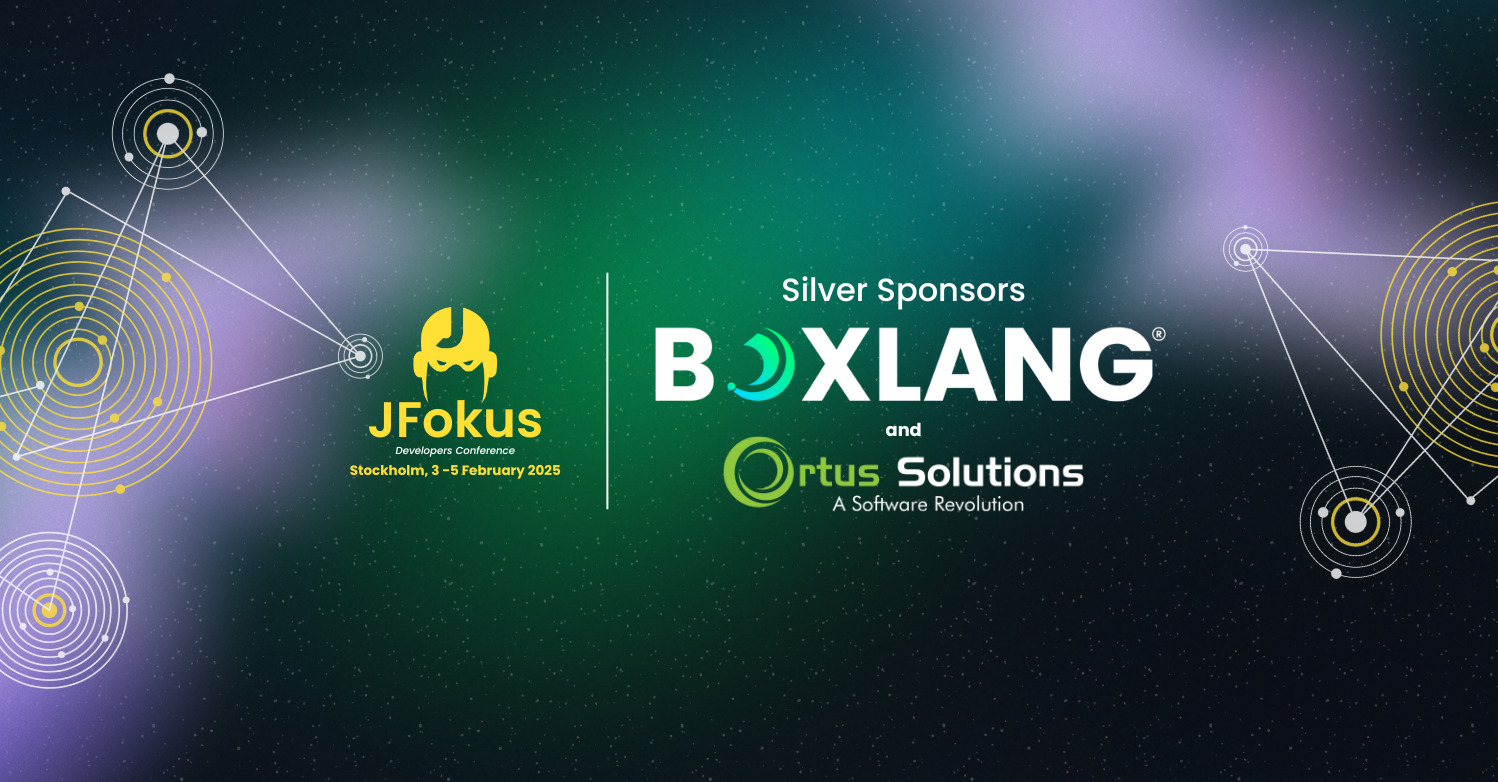I am just announcing that I bought www.coldboxframework.com and www.coldboxframework.org. and they will soon begin to show some life. I also have prepared my new Trac site hosted by SVN Repository which is truly awesome. Soon I will be releasing the read only access to the SVN repository and let people play around with the upcoming 1.1.0 release. (More on this below) The new address for the Trac site is: http://ortus.svnrepository.com/coldbox/trac.cgi So what will the 1.1.0 release include? Why use it? why why why? Well, I have been taking all the feedback from the previous releases, tested, tested, and more tested, and came up with a leaner and meaner framework. All thanks to the great feedback for a framework that has been released to the public not so long ago, but been used privately for more than a year now. The main question that people had asked about the framework is why should you use it and what is the difference with what is out there already: Fusebox, mach-ii, model-glue, etc. Well here are some answers for you that will shed light on the subject and prepare you for what is coming along.
Main Differences
Well, the main difference is that ColdBox is not based on a strict XML dialect but on ColdFusion syntax itself. The event handler cfc's (What you might compare as your xml dialect config files, listeners, controllers) hold your necessary code to call model cfc's and interact with user requests. So instead of writing your declarations in XML, you write your events in coldfusion and use the framework's methods to set views to render, call models, call plugins for application specific tasks, etc. This will speed up your development since you are already using coldfusion syntax. Here is the official FAQ,ColdBox FAQ, if you have any more questions, comments and how this framework can be used, please post your comments in this entry and I will answer them.
Extensibility
Another main difference is that you can extend the framework by creating custom plugins. You can build any amount of plugins and create you own library of tasks, or aspects of a program, etc. You can then easily instantiate (call on-demand) them when needed by just declaring their main location in the framework's config.xml. This enables you to use external applications/frameworks such as ObjectBreeze, ColdSpring, Reactor, etc. Basically anything you can interact with. My First Plugin
Custom Logging, i18N and more
Another important aspect of ColdBox its ability to handle many aspects of software development. It includes its own logging mechanisms, similar to cflog4j, but tied to the framework. You can activate logging on any application by simply turning on the switch in the config and declaring the location of the files. It handles auto-archiving, maximum size precautions, and even the encoding to use. Another important feature is that the framework will automatically log your errors for you in these facilities and allows you access to your own logEntry() method that you can use on your code for any logging you need to perform. You can also create an instance of the logger plugin and go FUNKY!! You can create more log files, use different encodings, etc. You know what, you can get even more funky, WHY NOT JUST EXTEND THE LOGGER PLUGIN!! Go ahead, you can, you can create a custom plugin based on the original framework's plugins. The possibilities are ENDLESS!!! (Please note, you have to follow standards!! and please document extensively ) The framework can distinguish its operating environment to be either in development or production. So you can handle your code to behave in different ways. You can have you application mapping for production and for development, web services, bug reports, etc. You can have automatic bug reports formatted and sent to one or many email addresses by defining them in the config file. You can internationalize a software/website by simply filling out three values on your config. etc etc etc.
Datasources Support
You can now define your project's datasources in your config and retrieve datasource beans for them within your code. This is excellent if you are using a model framework like coldspring. You have the specs for the datasource beans and can retrieve them from anywhere in your application, even plugins. As you can see, there are several aspects of projects that are already handled for you without hindering the performance of your application, you will see that ColdBox is pretty darn fast!! So fast it can handle on one Dual Xeon server with 3 Gigs of RAM, about 575,000 requests a day with no hiccups!! That is some LOAD!!! This framework has been through the fire and tested under extremely ridiculous load and it performs exactly as it should. You can take a look at the config guide to see all the on-demand aspects you can load into your project: Config Guide You will be up and running quicker than you think.
New Dashboard
I am finalizing the dashboard for the framework that has been revamped for the 1.1.0 release. It includes now a whole new look, live auto-updates for the framework, dashboard and even the sample applications, an application generator (You can now start a new ColdBox project, wizard style), Brian Rinaldi's cfc generator (Tweaked to spice it up a notch), Log Viewer application so you can register coldbox log files and inspect them (Eclipse log viewer coming soon), Trac integration for documentation and bug reporting, and much more. You now have a more standard and visual way of maintaining your ColdBox SERVER installation. Yup, you now have a one server install!!
Blue Dragon & CFMX 6 Support
ColdBox has now been tested and supported for use with BlueDragon ver. 6.2.1 and above and CFMX 6 and above. Actually creating the code for supporting these two platforms accelerated the framework and cleaned the code. The dashboard will also be supported for BlueDragon, including integrating the Blue Dragon administrator right on the Dashboard panel.
Want to test drive it?
There are also several small additions to methods and cleaned the installation procedure. So start getting ready for a new beginning. If you are interested in getting your hands on this new release please email me at info@coldboxframework.org with a message that you want the 1.1.0 preview. So please leave me your comments, check out the Trac site and let me know your feedback.




Add Your Comment
(3)
Sep 26, 2006 16:54:18 UTC
by Sami Hoda
Count me in!
Sep 26, 2006 16:55:14 UTC
by Sami Hoda
Email gets bounced back...?
Sep 26, 2006 17:42:32 UTC
by Luis Majano
The email is fine Sami, info@coldboxframework.com Just give me an email address so I can send you the preview.